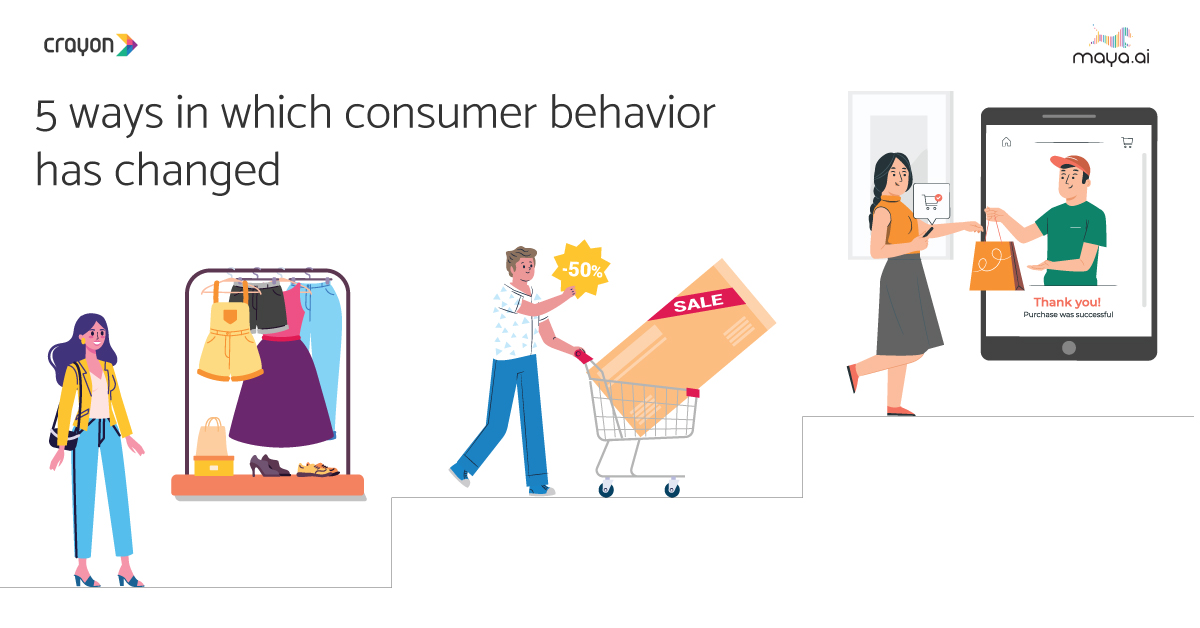Web performance quality has an impact on almost every aspect of a digital business, including its eCommerce platform conversion rate, Google rankings, and customer loyalty. In addition, image delivery, which is the major reason why web performance can be harmed, is a significant business expense item.
By optimizing image processing and storing, and applying an advanced cloud-based tech approach, an enterprise can decrease traffic costs and free up money for further business investments in marketing or product development.
In this article, you’ll learn directly from an Uploadcare client’s hands-on experience how to reduce page load time by optimizing images via an end-to-end cloud platform, and decrease the total cost of using a content delivery network (CDN).
Rapid Business Digitalization as a Challenge for SaaS
The global stock market collapse of 2020 and the COVID-19 pandemic have caused some recent changes in how businesses operate. Since most offline commerce is no longer available until the quarantine is over, more and more businesses are migrating online to survive. As the crisis continues, we can expect a growing number of enterprises that decide to review their workflow and proceed with a further shift towards online.
That means that SaaS startups providing tools for business digitalization will have more opportunities. The question is if they are able to scale and optimize technologies for a significantly larger number of users within days rather than months.
Even before things got that extreme, research conducted by IDC showed that the Global Datasphere would grow from 33 ZB in 2018 to 175 ZB by 2025. The growing number of digital customers and products available online is leading to higher data consumption. As a result, new traffic spendings and immediate image-hosting costs are mounting for companies. To stay ahead of the curve, enterprises need to find a way to keep the same high quality on their websites while still maintaining performance, especially when adopting brand-new technologies.
According to a Frost & Sullivan enterprise WAN survey, customer experience improvements are considered to be the top priority by 85% of brands. So, what’s the solution? By opting for a CDN, enterprises can avoid Google score losses, investigate tech errors caused by too many users taking actions on the platform, and improve their apps’ and websites’ accessibility throughout the world. However, developing a custom image CDN in-house is expensive and takes too long.
Key Perks of an Image CDN for Marketing
The idea behind a cloud-based content delivery network is to use a network of independent servers to speed up the data exchange process between a website (or an app) and a user’s device.
1. Faster delivery
Instead of transferring data from a single company server, a CDN automatically chooses a server from its network which is based closer to the user. As a result, even heavy graphic elements are delivered quickly regardless of how close a client is to the corporate server.
2. Responsive content on autopilot
In addition, a CDN provides businesses and their clients with adaptive content delivery. This approach reduces page load time by optimizing images via an end-to-end cloud platform, and saves resources for both sides.
3. Better SEO
Business metrics is one more area where a CDN can be helpful. Since Google gives preferences to websites with higher web performance, efficient image processing techniques such as those employed by a CDN will make SEO investments more valuable.
In the case of SaaS, an image CDN streamlines the production cycle significantly as it lowers studio-to-web time and helps businesses to concentrate on other important things like marketing and developing innovative technologies.
Case Study: How To Save Budget On Traffic
Shogun is a drag-and-drop landing page builder serving the eCommerce field. In 2016, its co-founders, Finbarr Taylor and Nick Raushenbush, decided to integrate a third-party cloud-based image CDN, and they decided that Uploadcare was the best solution for their needs. At that time, Shogun was serving 476 TB of visuals per month.
This solution allowed their company to flourish by slicing 86% from their tech budget associated with image hosting and processing, which they were able to invest as additional capital into marketing and in-house tech. From the wide range of solutions for enterprises (file uploading, intelligent images, and video processing and CDN for adaptive content delivery), Shogun opted for a solution that helped them process and serve user-generated images. The integrated image CDN allows users to upload product images, promotional banners, and social proof images for their landing pages from various sources.
Although eCommerce visuals have high resolution and are extremely data-heavy, now Shogun keeps its customer experience smooth with the CDN integration: clients’ landing pages have high loading speeds, and users can easily edit their libraries online.
“Uploadcare helped Shogun reduce image-delivery costs by 86%. For building such a functionality in-house we would need a team of 3 skilled developers and several months.
Considering the average costs of hardware and custom CDN development, we’ve already saved over $200,000.”
— Finbarr Taylor, CTO at Shogun
Another significant thing to note is that Shogun made their product’s time to market several months shorter. Uploadcare’s simple and straightforward integration gave Shogun an easy path to reliable user file uploads. The entire process took just a couple of hours, and the only thing their in-house programmers had to do was integrate a line of JavaScript code into the initial codebase. The Uploadcare image quality and size optimizations reduced Shogun’s bandwidth by 80%, to just 96 TB.
Conclusion
In 2020, eCommerce and SaaS platforms are the top beneficiaries of cloud-based technologies, using them to optimize image delivery and improve web performance. Without the right approach, companies are likely to spend huge chunks of their budget and months of work on handling growing traffic. Even more, they risk losing existing customers, as their web performance may take a hit because of too many site requests.
Shogun’s case is an example of how businesses can get rid of their major pain point by opting for cloud-based image processing technology. Shogun saved over 86% (over $200,000) of their tech budget by integrating the Uploadcare CDN, which only took a few hours. And you may achieve even more outstanding results.






















